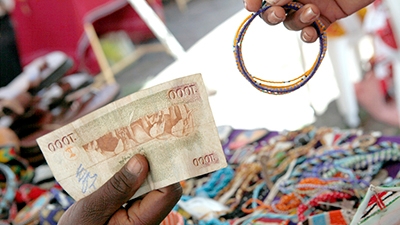WASHINGTON – Women are 15 percent less likely than men to have a bank account, a pattern that holds in all regions of the world and across income groups within countries, according to a new World Bank study.
In all, 47 percent of women worldwide have a formal account – an individual or joint account – but 55 percent of men do. The gap is largest among those living on less than $2 per day, and among people living in South Asia and the Middle East. In Afghanistan, for example, 3 percent of women have a formal account, compared with 15 percent of men.
The gender gap is large even within income groups, with 6 to 9 percentage points in the developing world, signaling that it isn’t merely a function of income, according to the study based on the World Bank’s Global Financial Inclusion Database (Findex), which has collected individual-level data on financial inclusion in 148 economies.
The gap goes beyond opening a bank account. In fact, woman also significantly lag behind men in saving and borrowing money through formal institutions, even after accounting for individual characteristics such as age, education, income, and urban or rural residence. In Latin American, for example, 8 percent of women report having saved formally in the past year, compared with 12 percent of men.
That can put women, often the main caregivers of their families, at a disadvantage. “Without ownership of an account, it is more difficult for women to save formally and receive government payments or remittances from family members living abroad,” says Asli Demirguc-Kunt, the World Bank’s director of research, who co-authored the study with Leora Klapper and Dorothe Singer. “The lack of a formal account can also create barriers to formal credit channels, which may hinder entrepreneurial or educational ambitions.”

